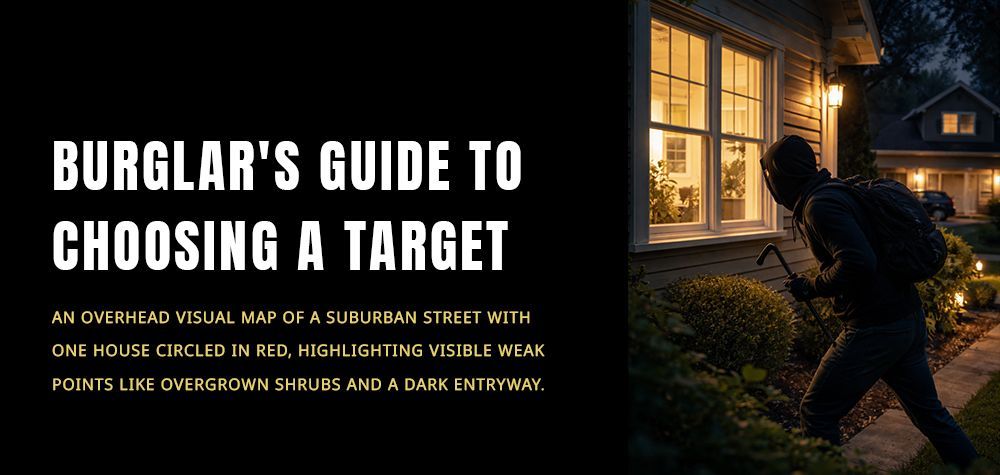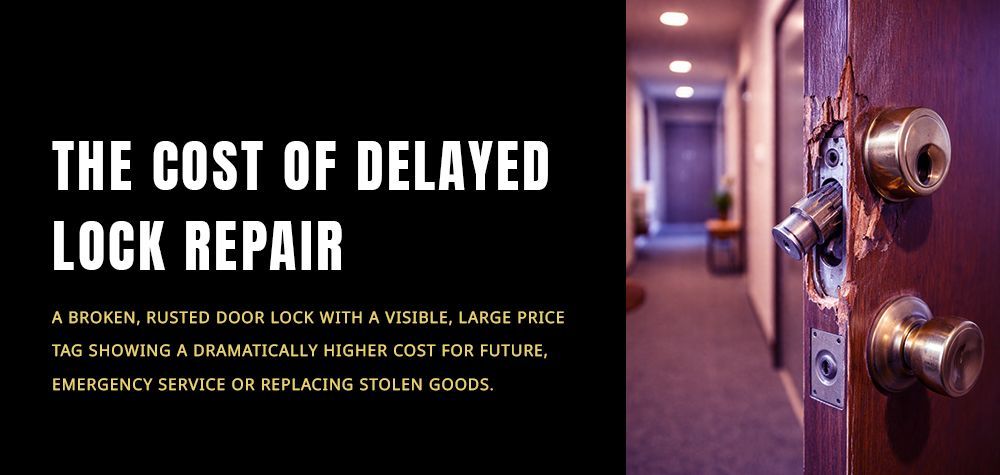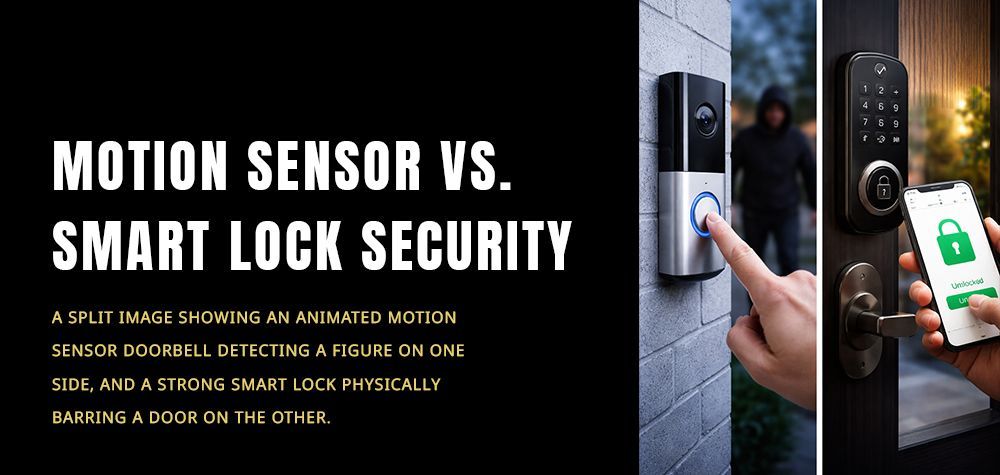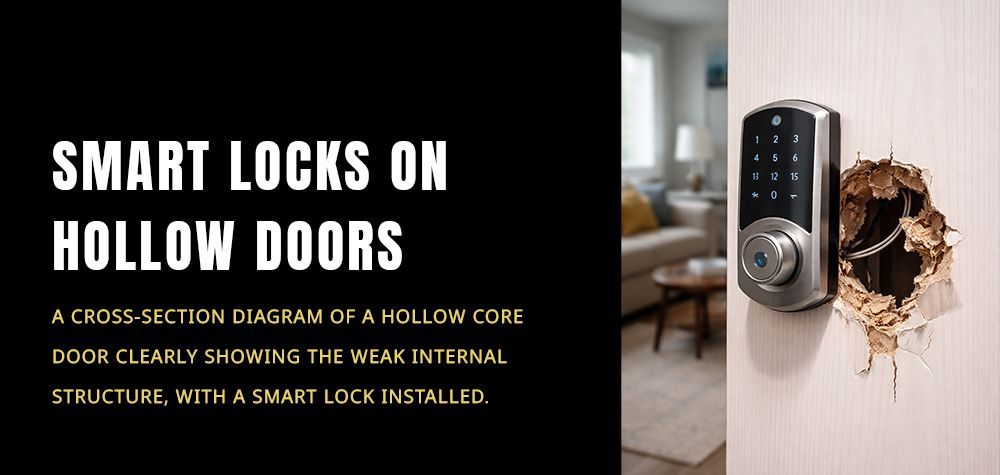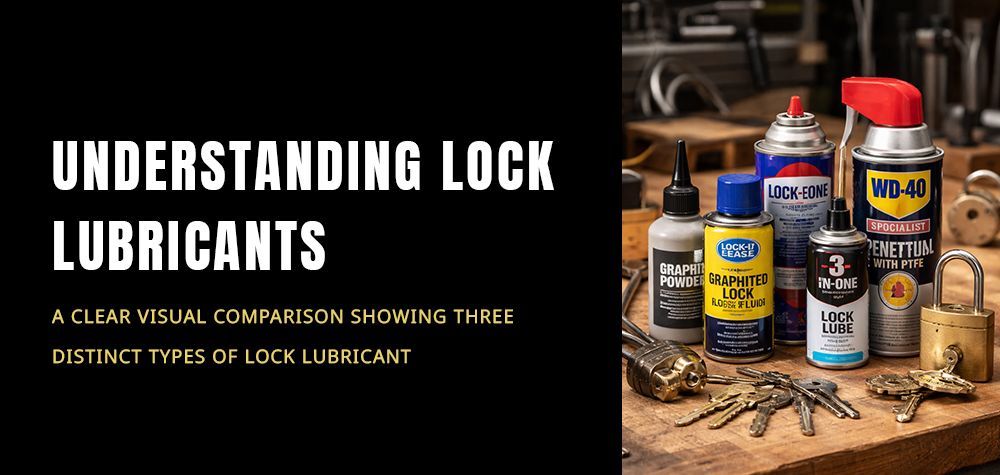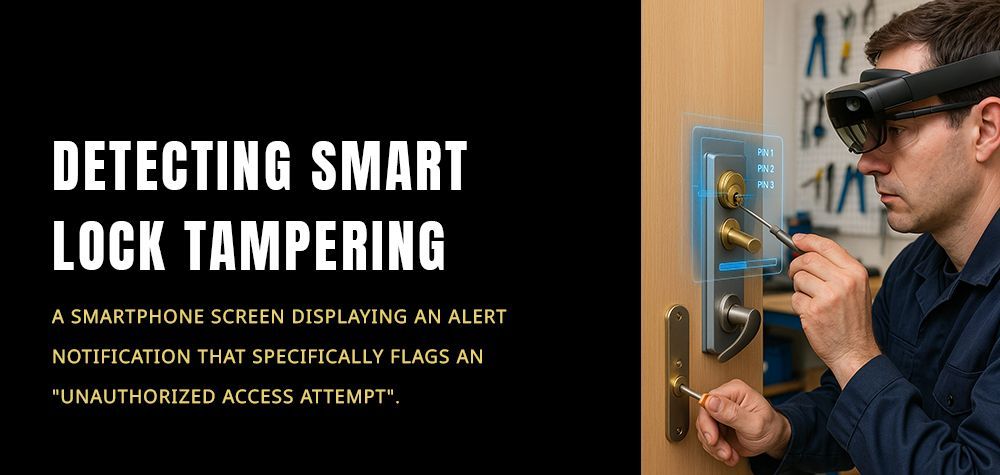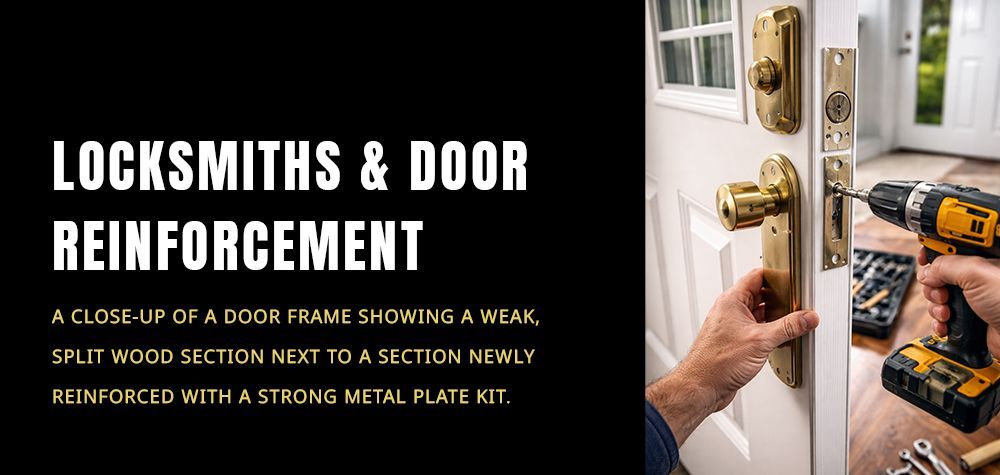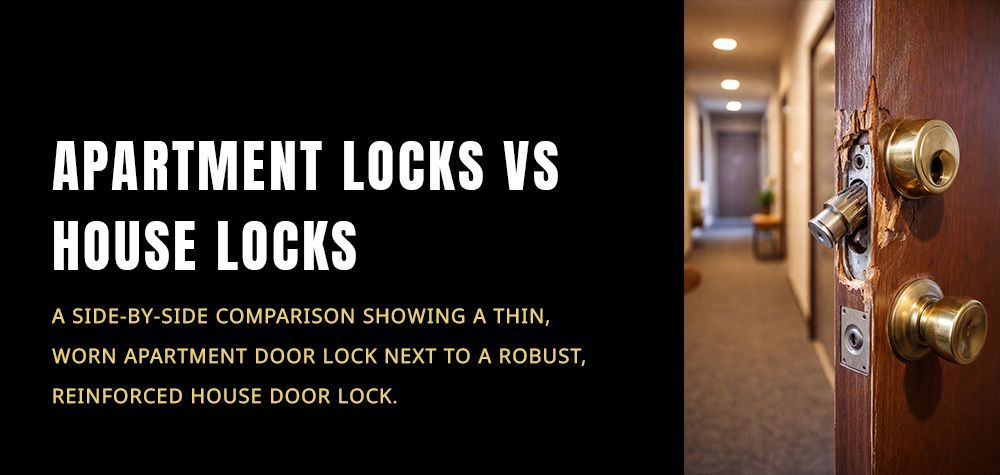Where To Install Your Home Safe
In today’s world, keeping your valuables secure at home is more important than ever. Whether it’s protecting important documents, jewelry, or emergency cash, a home safe is a smart investment. But just buying a safe isn’t enough; you need to install it in the right spot to ensure maximum security. This blog will guide you through the best places to install your home safe, making sure your belongings stay safe from theft, fire, and other risks.
Read more about Signs your house has been marked!
Key Takeaways for Installing a Safe in Your Home
- Closet: Install your safe inside a closet, hidden among clothes or behind other items.
- Staircase: Utilize the space under a staircase for a concealed and accessible safe location.
- False Wall: Create a hidden compartment behind a false wall to keep your safe out of sight.
- Basement: Consider placing your safe in the basement, but ensure it's protected from moisture and flooding.
- Home Office: Integrate your safe with existing furniture in your home office for convenience and security.
- Interior Walls: Mount your safe to interior walls instead of exterior walls to reduce the risk of break-ins.
- Master Bedroom: Avoid the master bedroom, as it’s one of the first places thieves search.
- Secure Installation: Bolt down your safe to the floor or wall to prevent easy removal by thieves.
- Diversion Tactics: Use decoy safes in more obvious locations to mislead intruders.
- Enhanced Security: Install alarm systems and surveillance cameras to monitor your safe.
- Professional Help: Hire a professional if you’re unsure about the best installation method for your safe.
Why You Need a Home Safe
A home safe is an essential investment for safeguarding your valuables and important documents against various threats, notably burglary and theft. In the unfortunate event of a break-in, a securely installed safe provides a critical line of defense, deterring thieves from accessing your most prized possessions. By concealing valuable items such as jewelry, cash, and electronics within a safe, you significantly reduce the risk of loss or theft, offering peace of mind knowing your belongings are protected.
Read more about the Tips for backyard safety!
Where is the Best Place to Put a Safe in Your House?
Hidden but Accessible Spots
Finding a balance between concealment and accessibility is crucial when deciding where to place your home safe. Ideal locations include inside a closet, under a staircase, or behind a false wall. These spots keep your safe out of plain sight, reducing the likelihood of theft, while still being conveniently accessible to you when needed.
Low-Risk Areas
When choosing a location, consider areas less likely to be targeted by thieves or affected by environmental factors. Avoid placing your safe in high-traffic or obvious locations like the master bedroom. Instead, opt for interior walls rather than exterior ones, as they are less susceptible to break-ins and environmental damage.
Basement Installations
The basement can be a suitable location for your safe, provided you take precautions against moisture and flooding. While basements are less likely to be frequented by intruders, it’s essential to use a fireproof and waterproof safe to protect your valuables from potential environmental hazards.
Bedroom Installations
Although the master bedroom is often the first place burglars look, other bedrooms can serve as good locations for a safe. Choose inconspicuous spots like inside a closet or behind a piece of furniture. Ensure the safe is well-secured and not easily visible to maintain a higher level of security.
Home Office Installations
A home office is another practical location for a safe, especially for securing important documents and electronic devices. Integrate the safe with existing furniture, such as inside a filing cabinet or under a desk, to keep it discreet yet easily accessible for daily use.
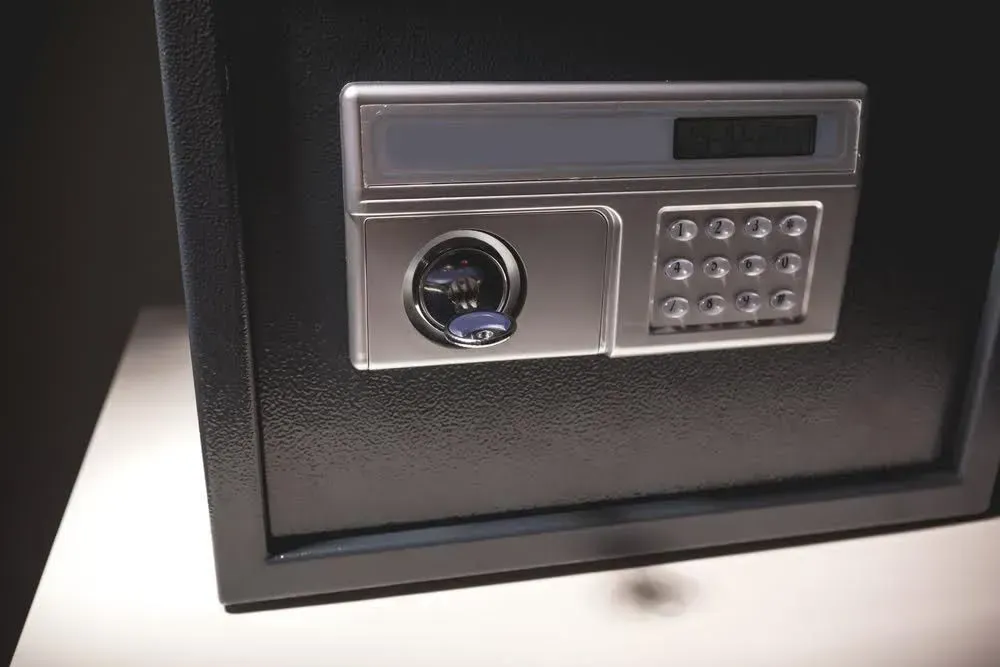
Factors to Consider When Choosing a Safe Location
When selecting a location for your safe, consider factors such as accessibility, concealment, and environmental risks. Choose a spot that is both hidden but easily reachable for you, such as inside a closet or under a staircase. Additionally, assess the potential for environmental hazards like flooding or moisture, especially if placing the safe in a basement or low-lying area. By carefully considering these factors, you can ensure your safe remains both secure and convenient for everyday use.
Tips for Enhancing Safe Security and Common Mistakes to Avoid
To enhance safe security, consider bolting down your safe to prevent easy removal by intruders. Additionally, using diversion tactics like decoy safes can mislead potential thieves, keeping your primary safe concealed. However, be cautious not to place safes in obvious locations or neglect proper securing methods, as these mistakes can compromise your valuables' safety. Avoid common errors such as placing safes in high-traffic areas or failing to secure them properly, as this can leave your belongings vulnerable to theft or damage. By implementing these tips and avoiding common pitfalls, you can maximize the security of your home safe.
Conclusion
In conclusion, choosing the right location for your home safe is essential for ensuring the security of your valuables and important documents. By considering factors such as accessibility, concealment, and environmental risks, you can select a spot that offers both convenience and protection. Whether you opt for a hidden but accessible location like inside a closet or under a staircase, or choose to integrate your safe with existing furniture in a home office, prioritizing security is paramount.
FAQs
Can I install a home safe myself, or should I hire a professional?
It depends on the complexity of the installation. Some safes have simple DIY instructions, while others may require professional help, especially for wall or floor installations.
How much does it cost to install a home safe?
Costs vary based on factors like the type, size, and installation method. DIY installation may incur minimal costs, while professional installation adds to the expense.
What are the different types of home safes available?
Common types include wall safes, floor safes, and portable safes, each offering unique features and levels of security.
How can I ensure my home safe is fireproof and waterproof?
Look for safes with independent certifications for fire and water resistance, ensuring they meet high standards for protection against heat and moisture.
What should I do if I forget the combination or lose the key to my home safe?
Contact a locksmith for assistance in regaining access to your safe, or refer to the manufacturer's instructions for resetting the combination if applicable.
Professional Safe Installation Services by Brothers Locksmith
When it comes to protecting your valuables, trustBrothers Locksmith to provide expert safe installation services. With their years of experience and commitment to security, Brothers Locksmith ensures the utmost precision and reliability in safeguarding your belongings. Whether you need a wall safe discreetly installed or a floor safe securely anchored, their skilled technicians deliver top-notch service, giving you peace of mind knowing your assets are in safe hands.
Call Us Any Time!


